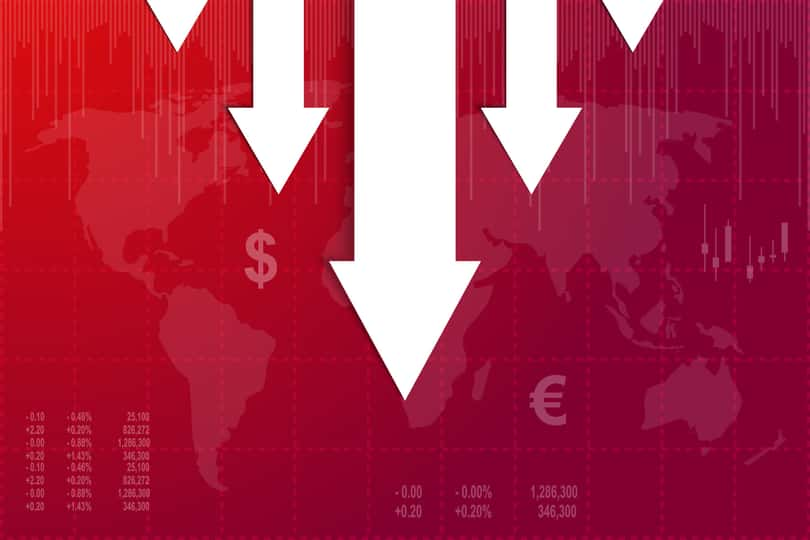Chaos in short-term funding markets this week forced the Federal Reserve to step in with a series of overnight rescue operations to help keep credit flowing through the financial system.
A week after seeing yields across most maturities back up sharply something seemed to go haywire in the Federal Reserve’s overnight or repo rate which spiked to almost 10% earlier in the week forcing the Fed to inject liquidity into the system.
Earlier this month, it seemed certain interest rates in the U.S. would follow much of the rest of the world toward zero with a yield on the 10-year slipping below 1.45%. But, then there was a quick reversal and yield popped back above 2% briefly. This seemed to have caught a lot of institutions wrong-footed and scrambling for cash.
The repo market channels more than $1 trillion in funds through Wall Street every day, usually without fanfare. That money is used to pay for the day-to-day operations of big banks and hedge funds.
The Federal Reserve uses open market purchases and sales U.S. Treasuries in order to regulate the supply of money that is on deposit in U.S. banks, and therefore it’s available to loan out to businesses and consumers. It purchases Treasury securities to increase the supply of money and sells them to reduce it.
By using this system of open market purchasing, the Federal Reserve can produce the target federal funds rate it has set. It calls this process its open market operations.
No one is exactly clear on what happened, even Fed Chairman Powell struggled to explain what transpired, saying in yesterday’s FOMC press conference, “I can’t pinpoint what happened. And I’m not sure anyone can. I’m not sure the Fed knows because he said he’s going to learn over the next six weeks. I’m taking away from that that the funding markets are going to be more volatile.”
This forced the Fed to inject money on three consecutive days in amounts of $5 billion. $75 billion and another $75 billion on Wednesday.
These types of overnight market operations were rarely seen prior to the financial crisis and have been diminishing in frequency over the past few years.
Some market observers are citing a confluence of events that included the drone strike shutting down Saudi Arabia oil production and extra demand because of Treasury settlements and a need for cash by corporations who were paying quarterly taxes.
While the spike and loss of control of the Fed Funds rate seems to be temporary, it is still worrisome and could set the table for a future crisis as it could set off a domino effect across interconnected financial markets.
If the volatility persists, it could give the appearance of an underlying problem in the financial system and a lack of confidence in the basic infrastructure of the banking system.
SPY shares were trading at $301.68 per share on Thursday afternoon, up $0.58 (+0.19%). Year-to-date, SPY has gained 21.83%, versus a 21.83% rise in the benchmark S&P 500 index during the same period.
About the Author: Option Sensei

Steve has more than 30 years of investment experience with an expertise in options trading. He’s written for TheStreet.com, Minyanville and currently for Option Sensei. Learn more about Steve’s background, along with links to his most recent articles. More...
More Resources for the Stocks in this Article
| Ticker | POWR Rating | Industry Rank | Rank in Industry |
| SPY | Get Rating | Get Rating | Get Rating |






